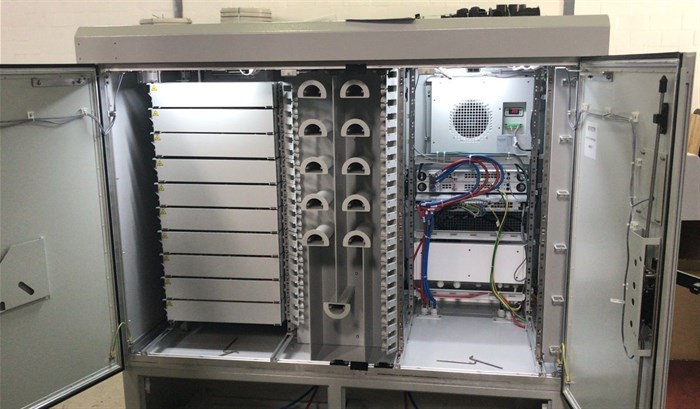The Central Office as an edge data centre

Hemphill advises on rationale and procedure for developing, owning and maintaining digital infrastructure assets to maximise value creation.
“A solution to bringing this data closer to the end-user is edge computing, which moves content and data processing closer to the consumer, thus reducing dependency on the long haul networks. It includes the deployment of regional and edge data centres,” says Hemphill.
Africa has only recently commenced the fixed line fibre journey. In this new wave of deployment, best practices from more mature fibre journeys need to be adopted, one of which is the incorporation of edge data centres.
“Fundamental to planning the implementation of an edge data centre is reimagining the current Central Office (CO) as an edge data centre,” Hemphill contends.
“Applying digital infrastructure principles, it is possible to transform the existing CO, typically situated at the network edge, so that it can be utilised as an edge data centre and thereby change the CO of today into the CO of the future.”
The traditional CO was the telephone exchange. It was the aggregation point of all the subscriber circuits in the area of service and it had connections to other exchanges. The modern CO is fibre based and serves as the aggregation point or host of the various circuits and equipment required to deliver services to subscribers. It is key to the operation of the fibre network.
The ‘Central Office Re-architected as a Datacenter’ (CORD) replaces the traditional CO and is designed so that service providers can use the fibre network’s CO.
In order to determine how best to achieve this, South African digital infrastructure strategists and developers conducted research on the requirements of the future CO, essential to which was to consider the African context eg. climate and social conditions in which the CO is to be constructed, as well as the predicted trends in fibre access networks globally.
The research concluded that a number of elements need to be considered in the design phase.
The future CO must be:
Once the CO requirements had been defined, the available solutions offered by suppliers were reviewed. It was found that there was nothing appropriate that met the stringent requirements, therefore, the next logical step was to design and build a CO from scratch. This was done in accordance with the requirements of the CO of the future.
“COs will increasingly be used as edge data centres and it is crucial to incorporate Africa-specific requirements, in conjunction with predicted practices in global fibre networks, in the design of the future CO,” Hemphill concludes.





























